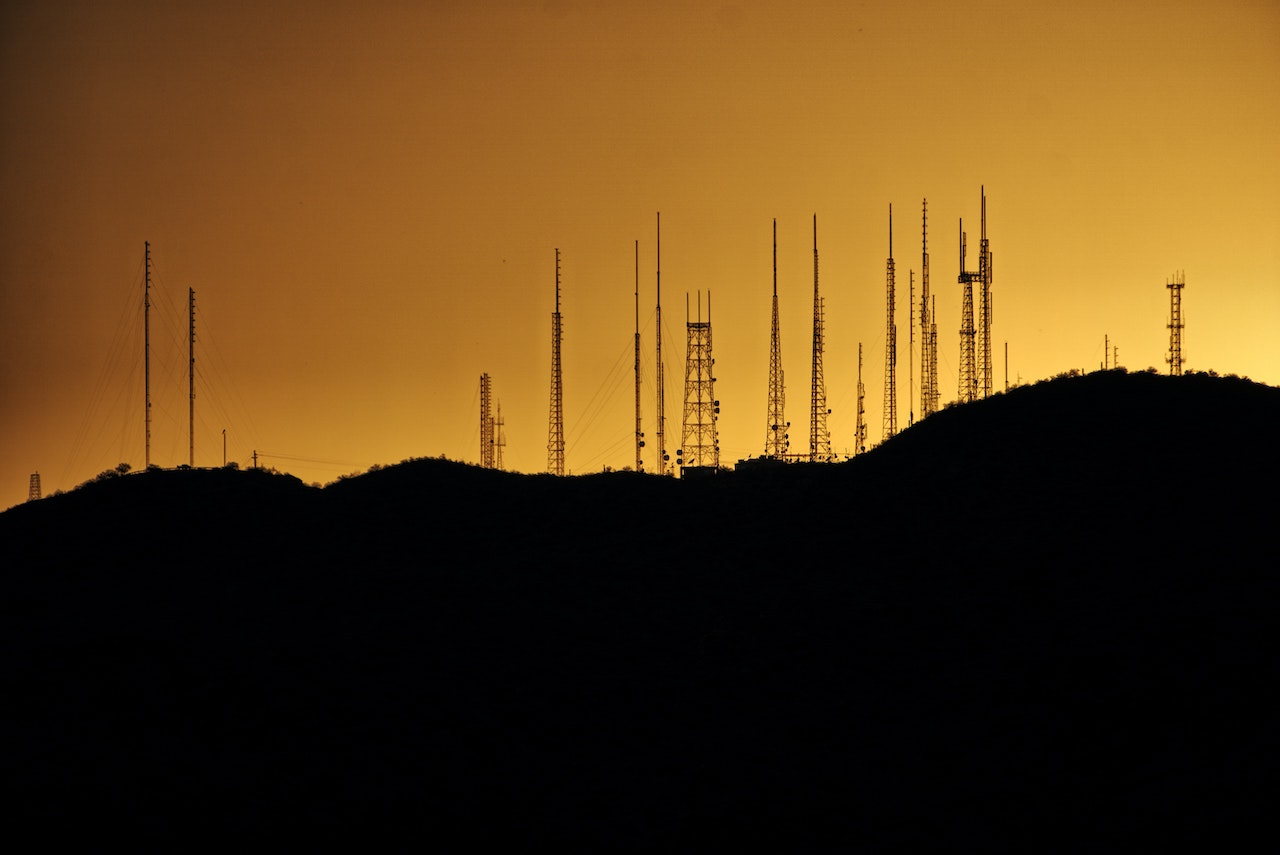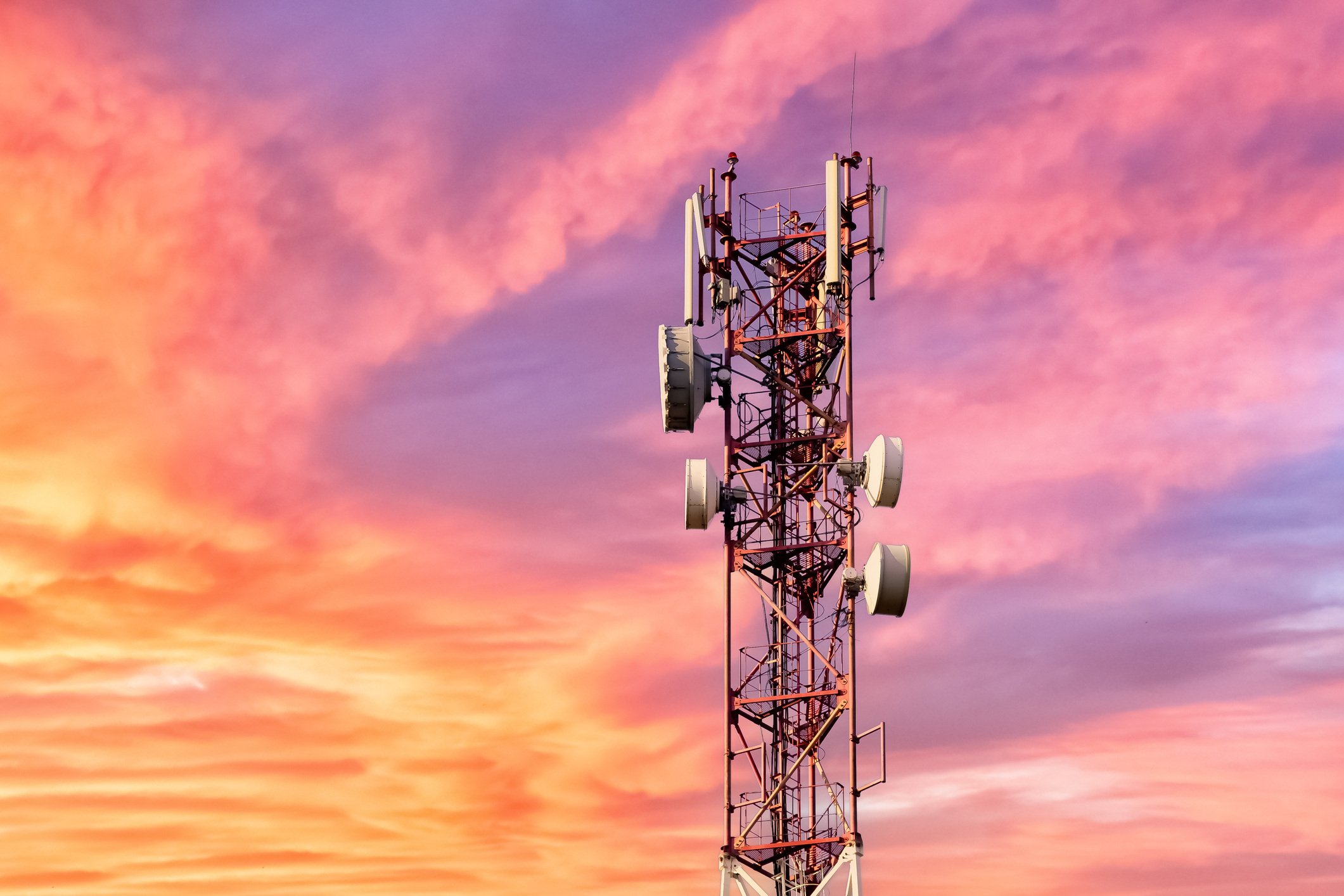
- April 2025 (1)
- March 2025 (2)
- February 2025 (1)
- December 2024 (2)
- November 2024 (2)
- August 2024 (2)
- June 2024 (3)
- May 2024 (3)
- April 2024 (1)
- March 2024 (3)
- February 2024 (2)
- January 2024 (2)
- December 2023 (1)
- November 2023 (2)
- October 2023 (2)
- September 2023 (1)
- August 2023 (1)
- July 2023 (2)
- June 2023 (3)
- May 2023 (2)
- April 2023 (1)
- March 2023 (4)
- February 2023 (1)
- January 2023 (2)
- November 2022 (2)
- October 2022 (1)
- September 2022 (1)
- August 2022 (2)
- July 2022 (2)
- June 2022 (2)
- May 2022 (1)
- April 2022 (3)
- March 2022 (1)
- February 2022 (3)
- January 2022 (2)
- December 2021 (1)
- November 2021 (1)
- October 2021 (2)
- September 2021 (3)
- August 2021 (1)
- July 2021 (4)
- June 2021 (1)
- May 2021 (2)
- April 2021 (2)
- March 2021 (2)
- February 2021 (3)
- January 2021 (3)
- December 2020 (1)
- October 2020 (1)
- August 2020 (1)
- August 2019 (1)
- January 2019 (2)
- September 2018 (5)
- June 2018 (1)
- November 2017 (1)
- September 2017 (1)
- July 2017 (1)
- May 2017 (1)
- January 2017 (1)
- October 2016 (2)
- August 2016 (1)
- July 2016 (1)
- June 2016 (1)
Subscribe by email
As technology has developed and Big Data has become ubiquitous, applications and devices have demanded increasing speed and power. For connected devices, speed is everything, and older 2G and 3G networks struggle to support sufficient speed. For this reason, carriers are planning a 2G and 3G sunset. Here’s what you need to consider to make the transition to 4G and beyond, so you can prepare for the future and take advantage of technology as it becomes more widely available.
2G & 3G Sunset
Many cellular providers are retiring 2G and 3G networks in favor of 4G LTE (long-term evolution) networks. In fact, some carriers have already retired their 2G networks. They’re doing this to open up as much bandwidth as possible to accommodate the higher demand of increased data requirements and faster speeds. Most carriers announced their transition plans and timetables in 2019. However, there have been some shifts as the dates get closer. Still, each carrier has a rollout strategy with a timeline for implementation, with most aiming for execution in 2022 or earlier.
In the United States, the three dominant players for cellular service are AT&T, Verizon, and T-Mobile (including Sprint). AT&T and Verizon discontinued servicing 2G already. Sprint is planning to do the same in December 2021, and T-Mobile expects to sunset its 2G network in December of 2022. The currently scheduled 3G sunset dates are as follows.
AT&T 3G Sunset
Full discontinuation of service will be in February 2022. In some markets, one band of the network (1900 MHz or 850 MHz) may be turned down in advance of this date. Customers are advised not to activate SIMs using 3G technology and to begin migrating all 3G devices to 4G LTE or LPWA as soon as possible. This website was created to aid the transition.
Verizon 3G Sunset
3G CDMA network is being decommissioned no later than December 31, 2022. Plan changes are now discontinued on 3G CDMA and 4G non-VoLTE devices, and troubleshooting services for these devices are limited in preparation for the transition. Contact Verizon to determine if your 3G CDMA or 4G non-VoLTE devices are eligible for an upgrade.
T-Mobile and Sprint 3G Sunset
Currently, new activations require VoLTE and LTE capabilities. Devices without VoLTE emergency calling capability (V911) will not be usable on the T-Mobile network. Complete a Query Device API Check to determine device compatibility prior to activation of any new devices. Contact your Operations Manager or Business Development Manager with any questions.
The Sprint CDMA network is scheduled for sunset on January 1, 2022, and the LTE network is scheduled for sunset on June 30, 2022. Capacity and coverage may change during this transition time in certain areas. No renewals or extensions will be granted after June 30, 2022.
We’ll be keeping an eye on this transition process, and we recommend you do so as well. Dates in other parts of the world may be different, so you’ll want to double check details about those 3G shutdowns as needed, Zipit can help guide you with this.
How To Prepare for the 3G Sunset
Now’s the time to start planning to make a switch in advance of the 3G sunset. At a high level, here are the things you should be doing now to prepare:
- Get timelines and requirements from your current provider(s)
- Inventory all IoT devices and vehicles currently on 2G and 3G
- Consider what hardware you’ll be required to replace
When you make note of the technology and hardware you’ll need to replace, consider the cost and any downtime impact to your business. Will you need to take devices and services offline to make the transition? If so, how much time do you anticipate needing? What is the expected impact from a service and financial perspective? Making this update is no small undertaking, and it can have significant ramifications on your business. To navigate this successfully, you’ll need to map out a transition plan, and you’ll want to have someone who is dedicated to overseeing the project.
What Does 3G Sunsetting Mean for IoT?
You’ll want to make sure your transition plan implements a change to 4G before your carrier sunsets your current 2G or 3G networks. As the provider’s networks are sunsetted, the equipment built for that network will no longer work. Manufacturers won’t continue to support those devices, which could significantly impact your business in the areas where you are reliant on them.
Some consumers are already seeing the degradation of coverage, reliability, or capacity as carriers are working towards sunsetting 3G. You may already feel some of this transition, as some carriers are keeping their 3G networks (and 2G, for those still available) in low bandwidth mode while planning for the sunset. Another thing to note is that some older 4G devices connect to the network first as a 3G device. Reach out to your device manufacturers to see if this is the case for yours, as you can reprogram the device to be 4G only or to activate 4G-first mode. Keep in mind, though, that this is not possible with all devices.
Though most personal consumer devices like smartphones are already on 4G networks, many other IoT devices still rely on 3G or even 2G. That means significant work for businesses reliant on these older networks to plan for the upgrade while determining the impact the transition will have on their business.
Benefits of Moving to 4G
There is a bright side to all of this, though. Most companies with IoT devices will see significant improvements by upgrading to 4G technology. It’s the most widely available network and offers higher quality with improved security over 2G and 3G. Additionally, 4G provides the following benefits:
- Improved network reliability
- Wider coverage range than with 2G and 3G networks
- Higher bandwidth and data speeds
- Low latency
- Greater compatibility with the latest cellular technologies
It’s a good idea to make the move to 4G before you’re required to do so. While it may be tempting to consider holding out for 5G availability so you only have to upgrade once — don’t. You’ll find the benefits of moving to 4G first quite appealing, and the timetable for 5G isn’t well defined just yet.
Choosing the Best Connectivity Option
4G LTE is currently the globally accepted wireless standard. While the benefits of 5G are exciting, the full build-out of capabilities and commercial availability for all kinds of non-smartphone IoT devices will take several years. And in many cases, transitioning to 5G now is cost-prohibitive. So although 5G gets a lot of attention, your current focus really should be on a 4G LTE solution.
4G is expected to operate through 2030, and likely beyond, so this won’t be a short-term, temporary fix. If you’ve been hesitant to consider a move to 4G, this should set your mind at ease. And a bonus benefit is that 5G technology builds upon 4G LTE, so the transition to 5G later on won’t be nearly as challenging as navigating the 2G and 3G sunset. Transitioning to 4G now will not only allow you to go ahead and take advantage of the many benefits of 4G, but it will also lay the groundwork for your transition to 5G at a later date.
Learn more: What is a Private LTE & 5G Network?
Need guidance on choosing the best connectivity option for your business? Contact us to discuss your company's unique needs. We’re happy to offer insights.
You might also like:
Related Content
The latest IoT insights and platform updates from Zipit.
IoT devices need flexible network technologies optimized for low-power application...
Every cellular-based IoT device relies on a public or private Access Point Name (A...
The network an IoT device selects significantly impacts the strength and reliabili...



